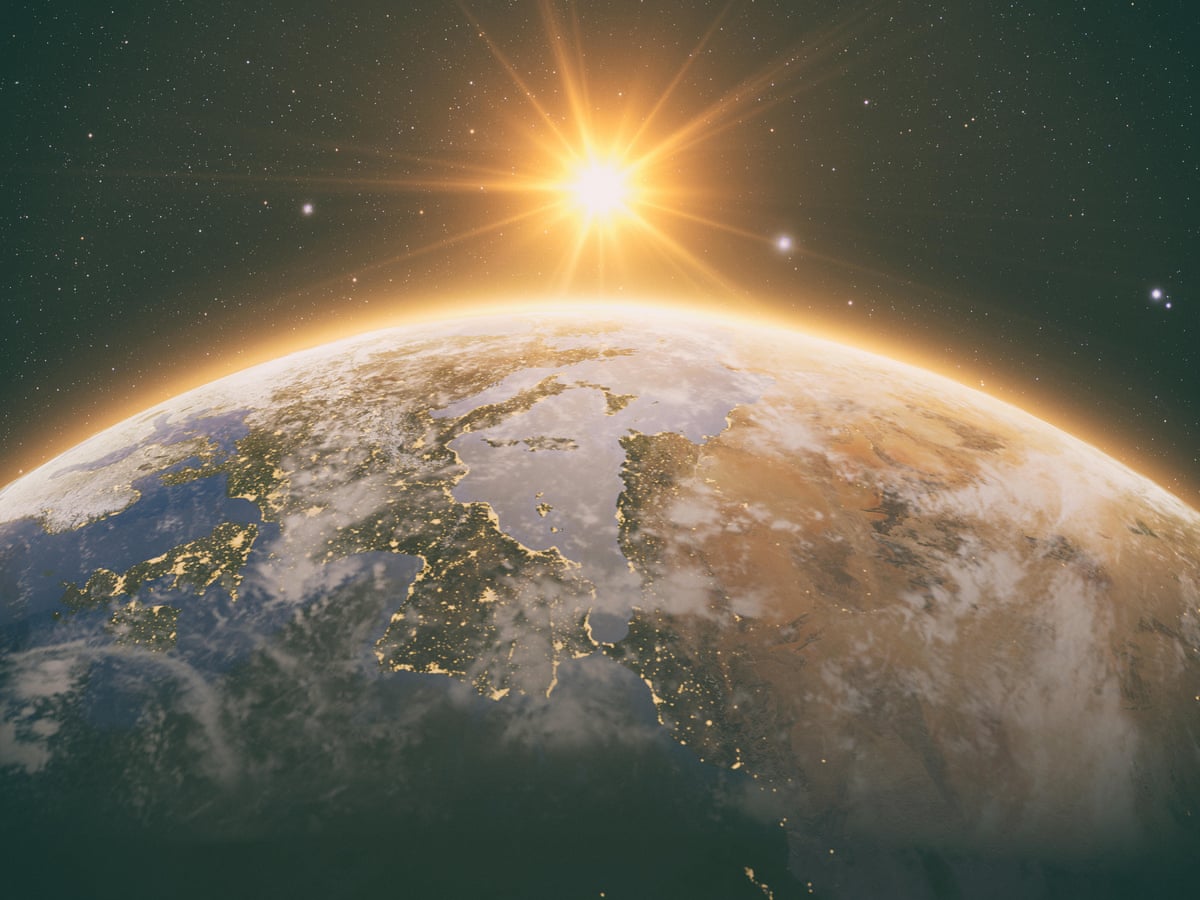On June 29, 2022, something extraordinary happened to the rate of spin of planet Earth. However, it probably had such a minuscule impact on your life that you can be forgiven for not even noticing.

Believe it or not, but you actually gained an extra 1.59 milliseconds to your day. We hope you spent it wisely!
According to TimeAndDate.com, on that day, our planet, as far as scientists can tell, set a new record for the quickest time to complete one rotation.
But what? Isn’t the Earth’s day exactly 24 hours? Actually, no, well, not quite.
The first thing to note is that there are actually “kinds” of days, depending on your definition.
The first, a solar day, is a period of 24 hours during which the Earth rotates so that the Sun appears at the same location in the sky. However, a sidereal day, which is defined as 23 hours, 56 minutes, and 4.091 seconds, is the time it takes for Earth to complete one full rotation on its axis with respect to distant stars.
Given these known times, we can actually calculate the “speed” at which the Earth is spinning too. To do this, we simply need our planet’s circumference to calculate it. The Earth’s circumference is around 24,901 miles (40,075 kilometers) at the equator; multiplying this by the length of the day yields a spin speed of approximately 1,038 miles per hour (1670 kph).
However, not all of the world rotates at the same rate. The Earth’s circumference gets less as you move north or south, which causes the spin to slow down until it is at its slowest at both poles. And even that speed pales compared to the 66,486.7 mph (107,000 kph) that the Earth orbits the sun at.
Neat, but what about this “record-breaking” day? Well, first, we’ll need to know a little bit about “leap seconds.”
It had been believed, up until a few years ago, that the Earth’s rotation was slowing down as a result of numerous subsequent atomic clock readings made since 1973.
In order to account for the slower spin, the International Earth Rotation and Reference Systems Service (IERS) has even started to occasionally add leap seconds (it last happened on December 31, 2016).
That may still be the case over longer lengths of time, i.e., the Earth’s rotation may still be generally slowing down.
After all, the Earth’s rotation is being slowed down over time by the Moon. Tides are produced by the Moon’s gravitational pull, and the Earth’s orbital path around the Sun is slightly elliptical.
How quickly does the Earth rotate?
Atomic clocks have, however, recently revealed that the Earth’s rotation is rapidly accelerating. In fact, a 50-year phase of shorter days may be starting right now.
Scientists note that 2020 had the 28 shortest days since 1960. The shortest day in 2021 was longer than it was in 2020, reversing the trend from the previous year.
But on June 29, 2022, our planet made its fastest-ever rotation, and on July 26, 2022, there was a day that lasted 1.50 milliseconds less, apparently.
The Earth rotated in 1.4602 milliseconds less than 24 hours on July 19, 2020, breaking the previous record for the shortest revolution.
But, why is the Earth’s spin apparently accelerating?
The cause of the differing speed of Earth’s spin is unknown, but theories abound:

- · Some have postulated that less weight on the poles results from the melting of the glaciers.
- · Others note that the molten core of our planet’s interior is moving over time.
- · Seismic activity could be another related cause,
- · Yet others surmise that the movement of Earth’s geographic poles across its surface — known as the “Chandler wobble.”
Whether any of these theories hold water is yet to be ascertained, but it could also be either a combination of these factors or something different entirely.
The significance of Earth’s rotational speed
Earth’s quickening rotation has consequences because atomic clocks—which are used in GPS satellites—don’t take into account the Earth’s changing rotation.
If Earth spins faster, then it gets to the same position a little earlier. A half-a-millisecond equates to 10-inches or 26 centimeters at the equator. In short, GPS satellites—which already have to be corrected for the effect of Einstein’s Theory of Relativity (the curve of space and time)— is quickly becoming useless.
There are also potentially confusing consequences for smartphones, computers, and communications systems, which synchronize with Network Time Protocol (NTP) servers. It’s defined as the number of seconds since 00:00:00 UTC on January 1, 1970.
To solve all these international timekeepers may need to add a negative leap second— a “drop second.” Though Earth may already be spinning as quickly as it ever will, a slowdown is inevitable.
But, we will ultimately have to see.